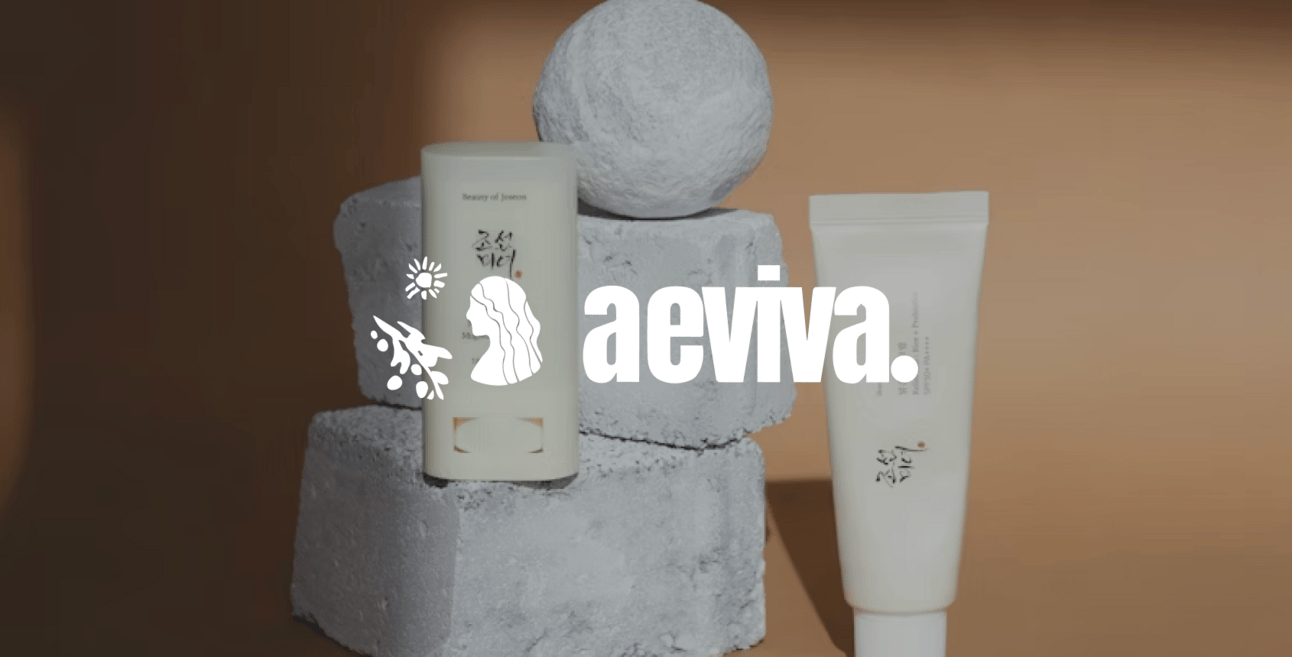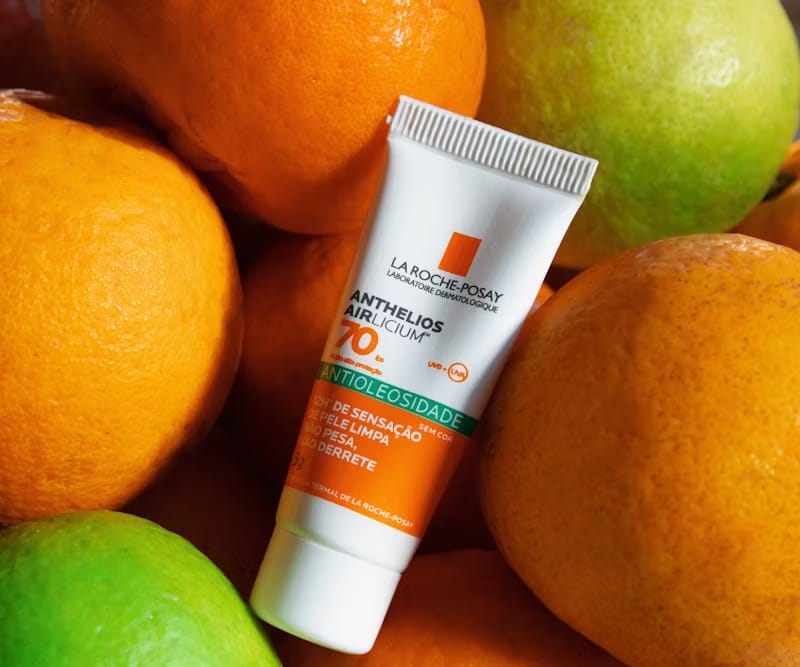- Aeviva
- Posts
- The Truth About Sunscreens: Which Type Actually Protects Your Skin Best?
The Truth About Sunscreens: Which Type Actually Protects Your Skin Best?
Discover why your sunscreen choice matters more than you think.

Sunscreen has become a must have for many people. But did you know there are two main types of sunscreen? Mineral and chemical sunscreens work in very different ways to protect your skin. While both help stop sunburns they do not work the same way. Around 70% of people use chemical sunscreens but many do not know the difference between the two types. Understanding these differences can help you make better choices for your skin and health. Let's look at what makes these sunscreens different and which one might be best for you and your family. 🧴 ☀️ 🔬
Receive Honest News Today
Join over 4 million Americans who start their day with 1440 – your daily digest for unbiased, fact-centric news. From politics to sports, we cover it all by analyzing over 100 sources. Our concise, 5-minute read lands in your inbox each morning at no cost. Experience news without the noise; let 1440 help you make up your own mind. Sign up now and invite your friends and family to be part of the informed.
How Sunscreens Work

Sunscreens protect us from harmful sun rays in two main ways depending on their type. Mineral sunscreens sit on top of your skin and block the sun like tiny shields. They contain zinc oxide or titanium dioxide which create a physical barrier. These minerals reflect and scatter UV rays before they can reach your skin. 🛡️
Chemical sunscreens soak into your skin and work more like a sponge. They contain ingredients like oxybenzone avobenzone octinoxate and octisalate. These chemicals absorb UV rays and change them into heat which is then released from the skin.
Fun Fact: Zinc oxide the main ingredient in mineral sunscreens is the same white substance lifeguards traditionally put on their noses.
Mineral Sunscreen Benefits and Drawbacks
Mineral sunscreens start working right away after you apply them. You don't need to wait before going outside like you do with chemical types. Research shows that mineral sunscreens are less likely to cause skin irritation making them better for people with sensitive skin eczema or rosacea. 👍
According to the Environmental Working Group 20% of mineral sunscreens provide excellent UVA protection compared to only 5% of chemical options. This matters because UVA rays cause skin aging and can lead to skin cancer.
However mineral sunscreens often leave a white cast on the skin. This can be more noticeable on darker skin tones. They can also feel thicker and be harder to rub in. Many people find them less pleasant to use because of this.
Fun Fact: Coral reefs are protected from sunscreen damage in Hawaii. In 2018 Hawaii banned sunscreens with chemicals that harm coral reefs.
This table shows the main ingredients in mineral sunscreens:
Mineral Ingredient | Protection Type | Safe for Sensitive Skin |
|---|---|---|
Zinc Oxide | UVA and UVB | Yes |
Titanium Dioxide | Mainly UVB | Yes |
Chemical Sunscreen Benefits and Drawbacks
Chemical sunscreens have their own good points. They usually feel lighter on the skin and rub in clear without any white cast. Most people find chemical sunscreens more pleasant to wear every day which means they are more likely to use them regularly. 🌞
They also tend to be more water resistant. Studies show that chemical sunscreens can maintain 80% of their SPF protection after 80 minutes in water while many mineral options wash off more quickly.
However chemical sunscreens need time to work. You must apply chemical sunscreen at least 20 minutes before going outside so the ingredients can bind to your skin. Many people skip this waiting time which reduces protection.
There are also some health concerns. Research published in the Journal of the American Medical Association found that four common chemical sunscreen ingredients get absorbed into the bloodstream at levels higher than FDA safety thresholds. While this doesn't prove they are harmful it has raised questions about long term safety. 🧪
Fun Fact: Some chemical sunscreen ingredients can damage coral reefs. Oxybenzone can harm coral DNA and cause young coral to become trapped in their own skeletons.
Environmental Impact

The choice between mineral and chemical also affects our planet. Studies show that oxybenzone and octinoxate two common chemical sunscreen ingredients can damage coral reefs even in very small amounts. This has led some places like Hawaii and Key West to ban sunscreens with these ingredients.
Research from the Archives of Environmental Contamination and Toxicology found that just one drop of oxybenzone in 4.3 million gallons of water is enough to harm coral. That's about six and a half Olympic sized swimming pools. 🌊
Mineral sunscreens are generally considered more eco friendly. However some contain nanoparticles that might also affect sea life though more research is needed.
Fun Fact: It takes about 14000 tons of sunscreen washing off people into oceans each year. That's the weight of about 2800 elephants.
Find Your Perfect Sunscreen Match
Answer these questions to help figure out which type might work best for you:
Do you have sensitive skin that gets irritated easily?
Yes: Mineral sunscreens are less likely to cause irritation
No: Either type might work for your skin
Is invisible application important to you?
Yes: Chemical sunscreens or tinted mineral options might be best
No: Standard mineral sunscreens will work fine
Do you plan to swim or sweat a lot?
Yes: Look for water resistant formulas in either type
No: Standard formulas will work for daily use
Both mineral and chemical sunscreens can protect your skin from harmful UV rays when used correctly. The best choice depends on your skin type lifestyle and personal values. Mineral sunscreens might be better for sensitive skin and the environment but they can be thicker and leave a white cast. Chemical sunscreens feel lighter and look clearer on the skin but might cause irritation for some people and raise questions about long term safety and environmental impact.
Take-Home Summary
Mineral sunscreens reflect and scatter UV rays using zinc oxide or titanium dioxide and work immediately after application
Chemical sunscreens absorb UV rays using ingredients like oxybenzone and need 20 minutes to start working
Mineral options are generally better for sensitive skin and the environment but may leave a white cast
Chemical sunscreens feel lighter and look clearer but some ingredients raise health and environmental concerns
Both types can be effective when used correctly apply one ounce for full body coverage
Reapply any sunscreen every two hours or after swimming or sweating
SPF 30 or higher provides good protection but no sunscreen blocks 100% of UV rays


Reply